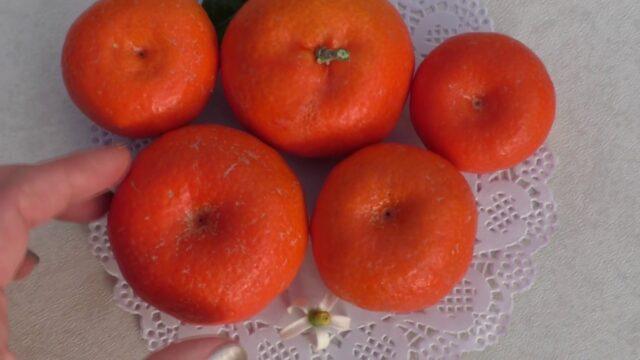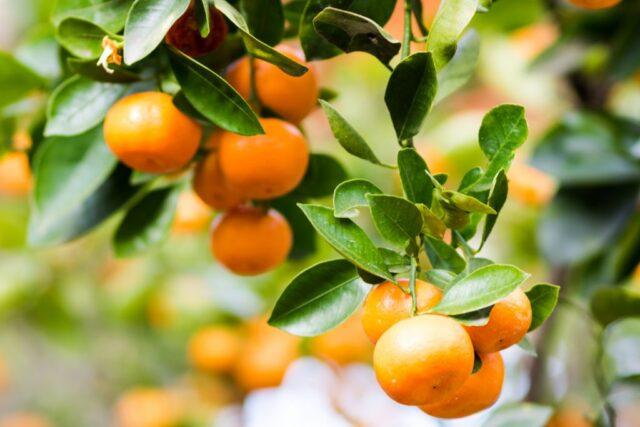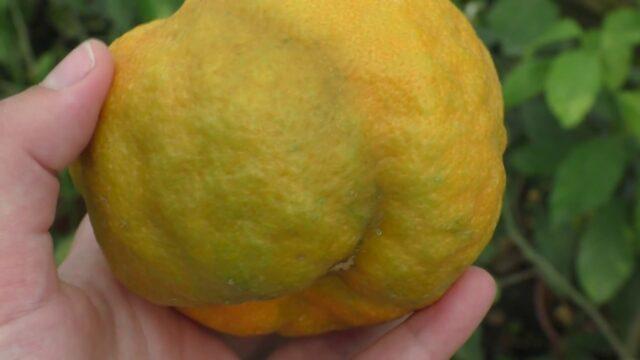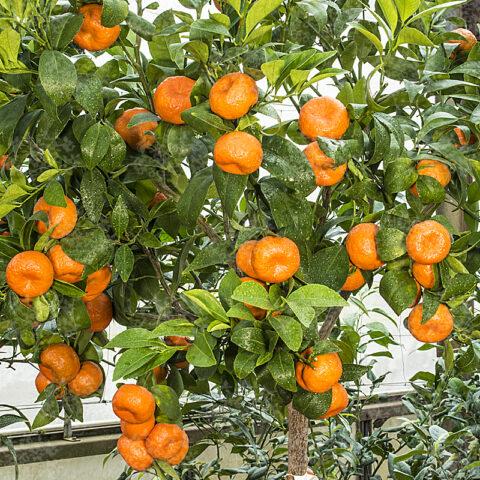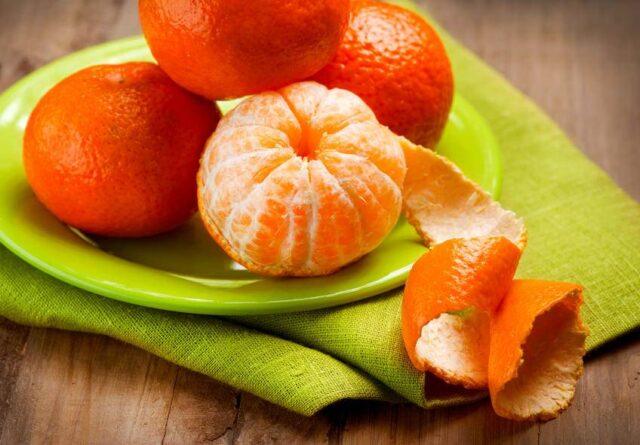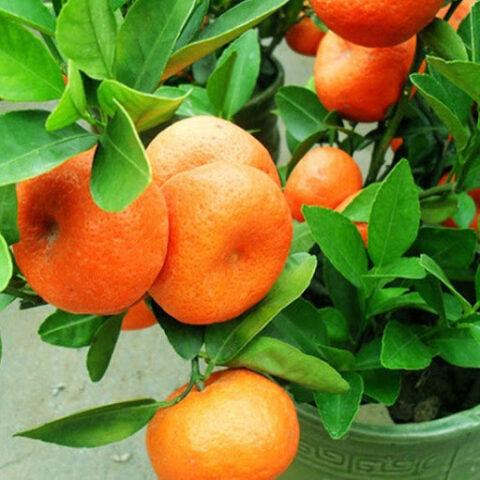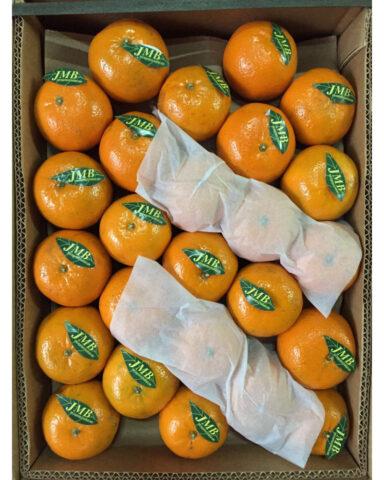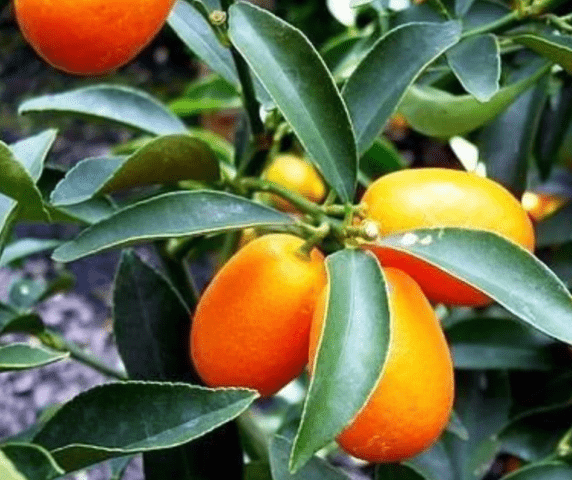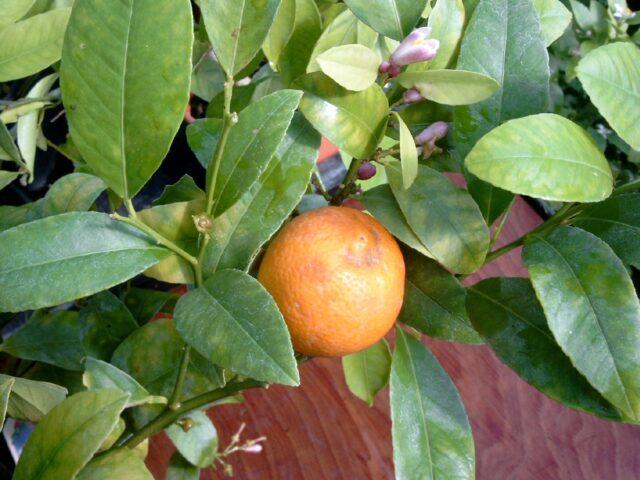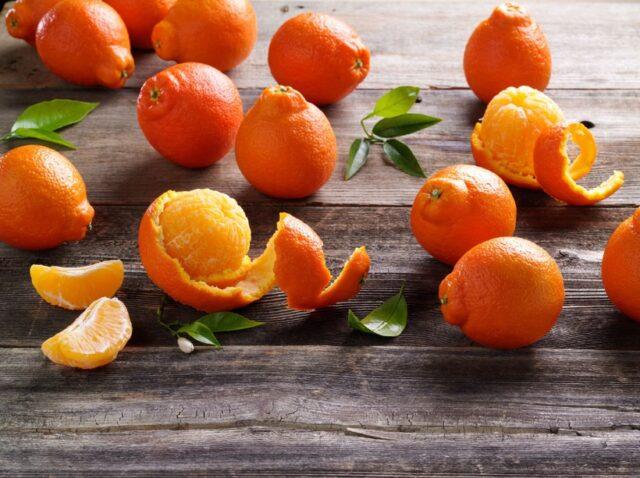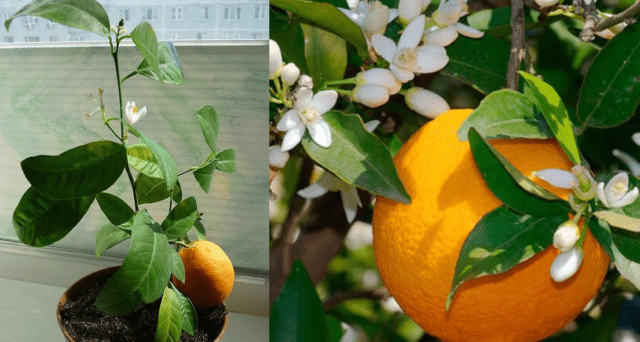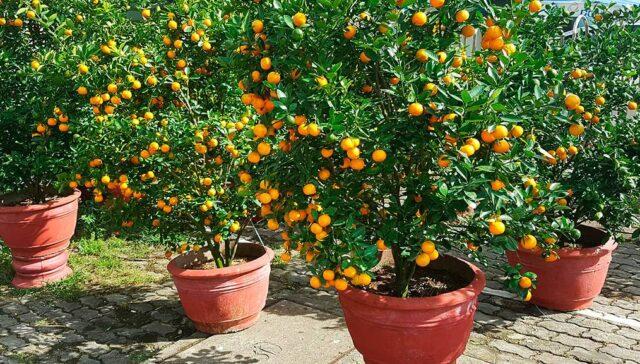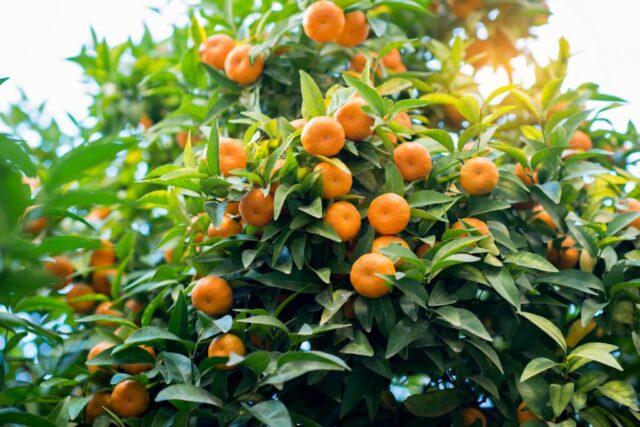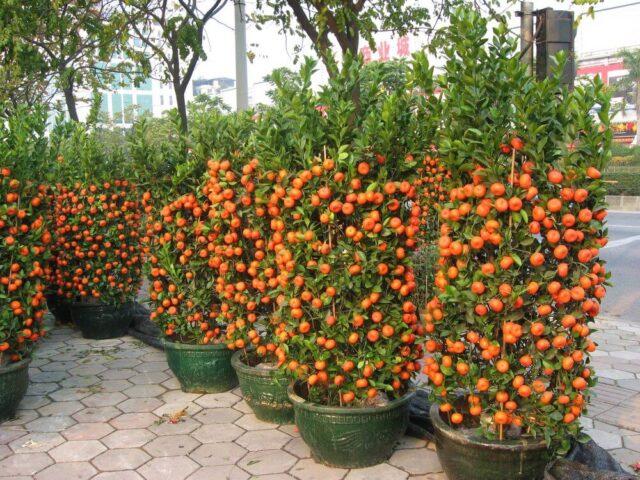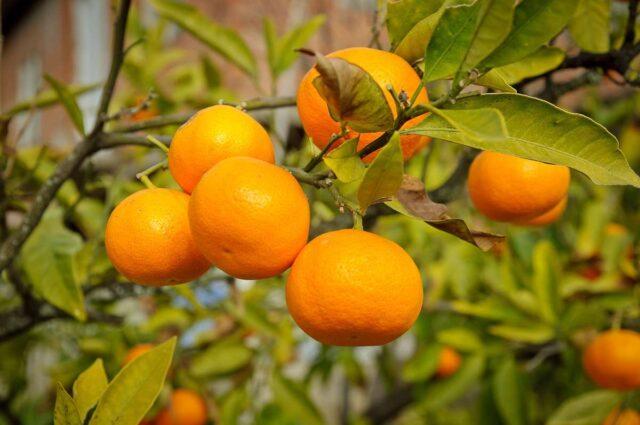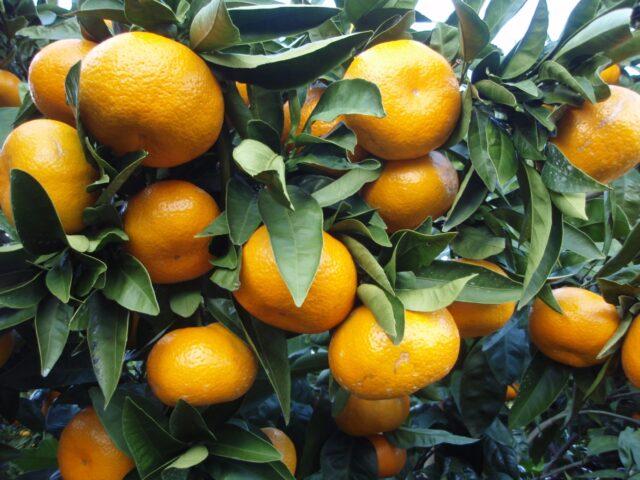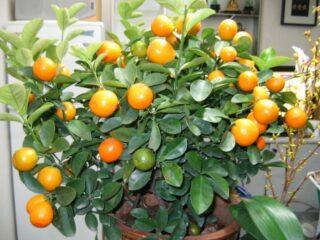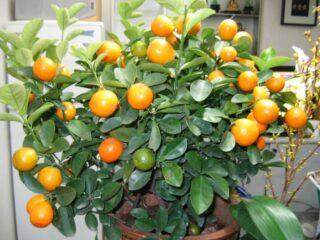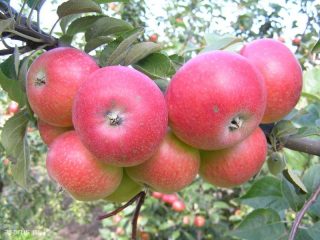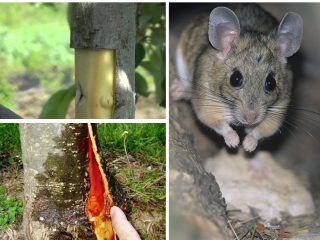Content
There are about 200 types of mandarins, hybrids and other varieties. They are classified according to various characteristics, for example, according to the color of the peel and taste. Hybrids and dwarf varieties are distinguished into a separate group, which are easy enough to grow at home.
What are mandarins
There are a lot of classifications of species and varieties of mandarins. Different criteria are taken as a basis:
- color - red, yellow, green;
- taste - sweet, sweet and sour;
- hybrids - obtained from crossing two or three crops;
- region of origin - Turkish, Chinese, Moroccan, Abkhaz.
There is also a scientific classification, according to which all varieties are combined into seven large pomological groups:
- Citrus unshiu is a dwarf Japanese variety suitable for temperate climates. This group includes trees that are grown in Abkhazia, Georgia and the Crimea.
- Citrus austere is the sweetest tangerine with a red-orange peel and is cultivated in the USA.
- Citrus deliciosa is grown in China and the Mediterranean region. Can also be bred as a home bush.
- Citrus reticulate is a Sino-Indian group that can be found in Brazil, the Philippines and Taiwan.
- Citrus nobilis (noble tangerines) - Indian-Malay group: the main cultivation region is Southeast Asia. The skin is thick, the taste is pleasant, sweet, the pulp is juicy.
- Sino-Japanese group - dwarf species, often grown at home.
- Hybrids are various forms obtained by crossing different varieties and types of citrus fruits with each other.
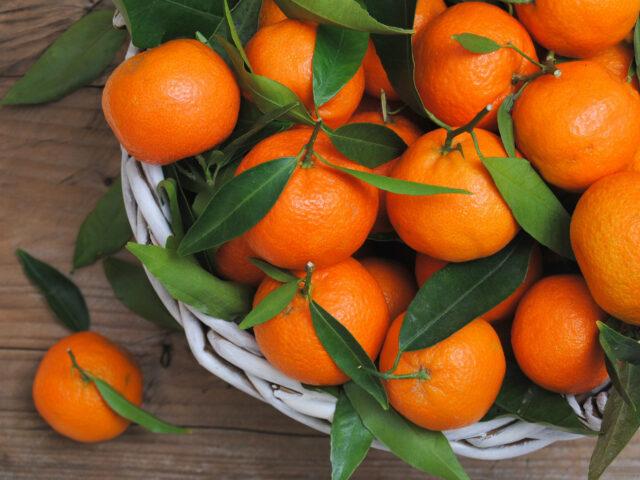
There are over 200 varieties of tangerines
Classification of mandarin varieties by color
One of the simplest classifications of practical importance is the division of fruits according to their color. According to this indicator, they are divided into red, yellow and green.
Red tangerine varieties
Red tangerines are distinguished not only by their visual appeal, but also by a very sweet taste. They give a slight sourness, and often the fruits are completely sweet, without any aftertastes. The peel is bright orange, closer to red, often with gloss. The pulp is the same color, sometimes a little lighter. The list of the most popular varieties of red tangerines includes Clementine, Ellendale, Tangelo and other varieties.
Clementines
A well-known variety sold in many retail chains. It is a hybrid (obtained from crossing with another citrus - orange). The color of the peel is rich orange, the pulp is sweet, practically without acidity.
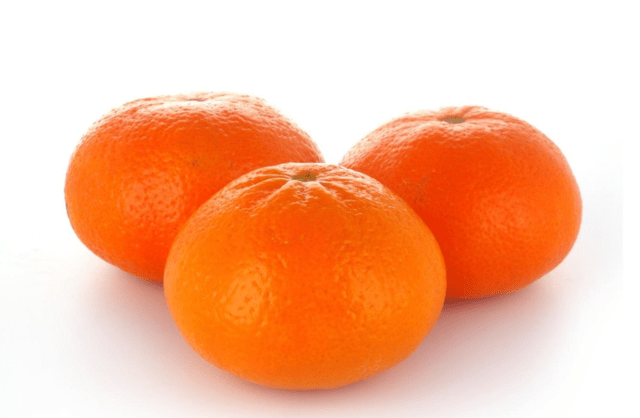
Clementine fruits are slightly flattened at the top and bottom, small in size
Ellendale
A variety of large tangerines with a loose skin that separates easily from the pulp. The color is rich orange, close to red. The pulp is very aromatic, sweet, contains no seeds. The variety is obtained by several crosses of mandarins with oranges and tangerines (one of the citrus fruits).
Tangelo
This is a popular variety of tangerines, belonging to the noble species. The color is bright orange, the skin is dense, the surface is bumpy. The shape is flattened oval.This variety is also obtained by crossing a tangerine tree and a pomelo.

Tangelo is also called Pomeranian (other names: tangor, tanggelo)
Varieties of yellow tangerines
These varieties have a yellow peel, closer to lemon or light orange color, often with greenish blotches. They are also quite sweet and juicy, although they are more acidic. The most common are Moroccan, Chinese and Abkhaz mandarin varieties.
Moroccan
Fruits with a golden skin that is easy to peel. The pulp is sweet, almost without acidity, contains no seeds. The size is medium, the appearance is very attractive. Another advantage is the affordable price.

Moroccan mandarins are often marked with a black sticker
Chinese
They are one of the first to appear on the market, have a rough and thick skin. The taste is average, the pulp is not so juicy. At the same time, they are affordable, therefore they are in demand.
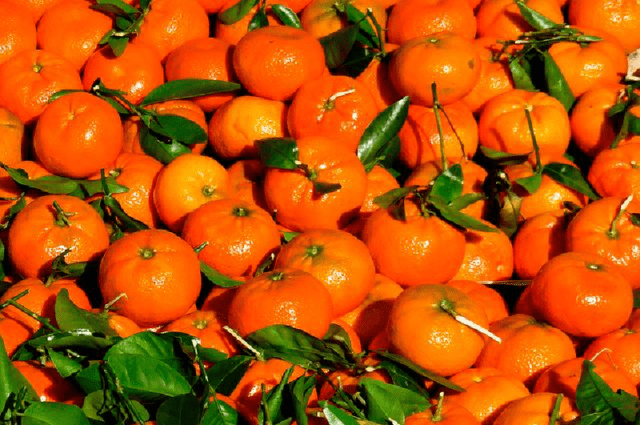
Chinese fruits are almost always supplied with leaves on twigs.
However, the Chinese varieties are not so juicy, they are less cleaned, have a thick skin, and they are also larger than the Abkhaz ones.
Abkhaz

Abkhazian - the most popular variety of yellow tangerines in Russia
They have a juicy pulp with a balanced sweet and sour taste. The peel is loose, loose, peeled off very easily. There are no seeds in such fruits, so they can be eaten fresh or juiced without much difficulty.
Green tangerine varieties
Green varieties are practically not found in Russia and neighboring countries. They are grown mainly in the Philippines.
Green philippine mandarin
The color is dark green, like swamp mud. The surface is bumpy, while the flesh is very beautiful - orange.

Filipino fruits are juicy and sweet, have a good aroma
Tangerine
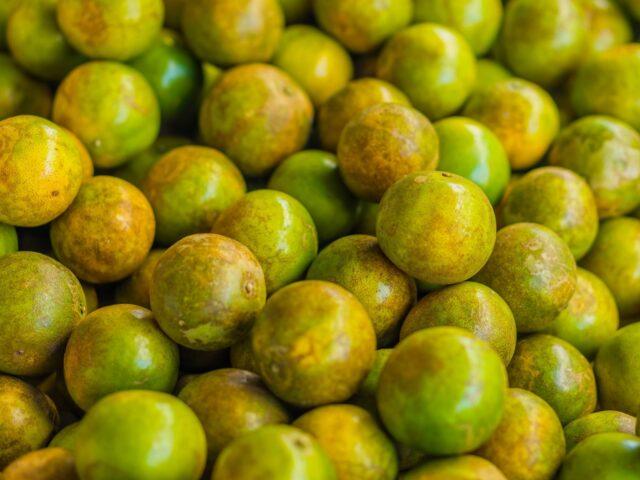
Tangerine (not to be confused with Tangelo) is a green Thai look
The color is saturated green, partly reminiscent of the color of lime, with yellowish blotches. They ripen rather quickly and have a pleasant sweet taste. There is also a characteristic citrus scent, but it is not so pronounced.
Sweet tangerine varieties
The sweet varieties are mostly red, although there are other examples. The following are included in the rating of the most delicious varieties:
- Robinson is a sweet and juicy fruit with a bright orange skin that is smooth to the touch. The shape is oval, flattened. The only drawback is that it adheres tightly to the pulp and is difficult to remove from it.
- Temple (Royal Mandarin) - sweet pulp, taste like orange, there are seeds.
- Cleopatra is an Indian species that is grown in other countries (Australia, USA, Spain). The fruits are small, the skin is bright, thin, the taste is very sweet.
- Dancy - the fruit is sweet and juicy, but the trees are not immune to pests and can be severely damaged by insects.
Sweet tangerines have the most delicious taste.
Hybrid varieties of tangerines
There are a lot of hybrid varieties of tangerine trees - only the most famous of them are described below:
- The September one was bred in Abkhazia (Sukhumi) one of the first in the USSR. It belongs to the early, the crop is harvested from September to October, for which the hybrid got its name. Small fruit, thin skin, easy to peel off. Taste with a balance of sour and sweet.
- Royal was bred in Pakistan and then improved in California. The taste is pleasant, full-bodied, with a rich aroma.
- Kumquat Reale is a triple hybrid derived from different species. It has an unusual oblong shape and a sweet and sour rich taste, and also has a large number of seeds. The fruit can be eaten with the skin. This bush can be grown not only in the garden, but also at home.
- Rangpur is a hybrid obtained from crossing with a lemon. A noticeable sourness is noticeable in the taste, while the fruits are small - no more than 5 cm in diameter.
- Mineola is derived from Dancy tangerine and Duncan grapefruit. The fruits are large, each weighing more than 80 g. The skin is bright orange, with a pronounced sweetness and sourness in the pulp. The composition contains folic acid - in 130 g (2 fruits) 100% of the daily dose.
- Nova is a hybrid based on tangelo Orlando and clementine native to the southern states of the United States. Fruits are juicy and sweet, large - up to 100 g or more in weight.
Tangerine varieties for home cultivation
At home, it is convenient to breed dwarf tangerine varieties that grow to a height of no more than 100–120 cm. They grow normally in room conditions, subject to certain care rules (watering, feeding, loosening, imitation of wintering).
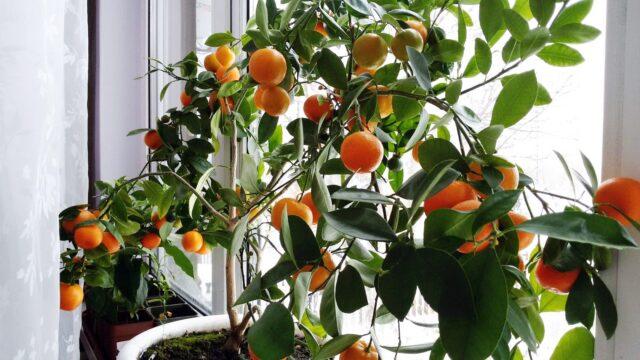
Even in an apartment you can get a harvest of fruits.
The best varieties of tangerines for indoor cultivation include:
- Home-made Pavlovsky grows up to 1 m, the fruits are large, weighing 60–80 g, and resemble oranges in aroma.
- Jubilee - bred in the USSR on the basis of an orange and the Miagawa Vasya variety. Produces large, aromatic fruits with a balance of sweet and sour flavors.
- The Emperor is a fruitful dwarf mandarin that bears fruit in December. The skin is loose, peels off easily, the pulp is sweet, With a pleasant taste.
- Unshiu produces a beautiful shrub with wide ornamental leaves. Can also be grown for fruit.
- Imperial - fruits weighing 60–80 g, sweet taste. The harvest ripens from November to December.
Seedless mandarin varieties
Among the popular varieties of seedless tangerines, you can find the following names:
- Satsuma - fruits are small (up to 30 g) with a loose, lumpy skin. The pulp is coarse, not very juicy, slices of different sizes, taste with a noticeable sourness.
- Unshiu is an Abkhazian type with juicy, fleshy pulp and a pleasant sour aftertaste. The shape is rounded, flattened at the base, the skin is tuberous, the fruits are rather large (weight 70-100 g).
- Nadorkott is a seedless or minimal Moroccan variety. The taste is moderately sweet, the slices are reddish, the peel is easily peeled off.
Conclusion
The types of tangerines are extremely diverse. They are crossed both with each other and with other citrus fruits - orange, lemon, grapefruit. Therefore, tangerine fruits have a different taste, appearance, size and even shape.
